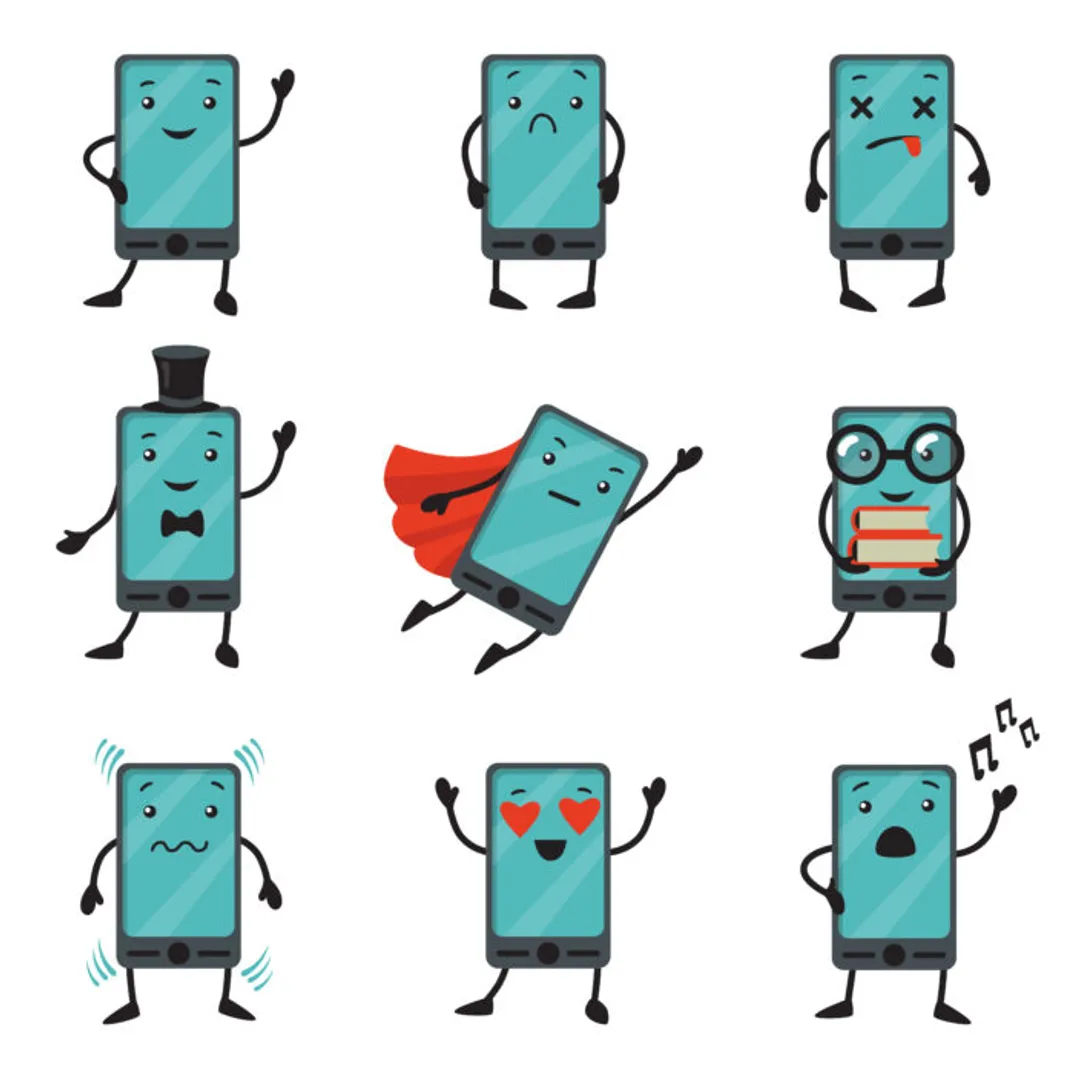by Joey Perez (with Jerome Preisler)
Knock, knock. Who’s there? It’s the future, and it’s dressed in Nike sneakers that tighten themselves while crunching data and whispering sweet purchasing suggestions in your ear. And it isn’t just the kicks that are smart. Whether gadgets or apparel, from your wristwatch to your underwear (yes, you heard right), AI’s set to radically transform it all in the coming months. And where do we start to discuss it? What specific rollouts can we expect?
You’ve come to the right place for answers. In Part One of this two-part series, we’ll discuss the wild and not-so-secret-anymore world of super apps.
Demystifying the Super App
First things first: What exactly is a super app? For the quick answer, imagine Superman and his varied powers. Super-strength, super-vision, super-hearing, super-speed … okay, this is getting super-repetitious, so I’ll knock it off. The point is that super-apps aim to be one-stop solutions for multiple services on a single, centralized platform–usually a mobile platform like your phone. They are powerful beasts in the digital world that go beyond just handling everyday tasks.
Take WeChat for example. It started off as a communications app not unlike WhatsApp. But over time it branched off into e-commerce, short video platforming and more. Waimai, or “takeout” apps like China’s Meituan and Southeast Asia’s Gojek and Grab “Everyday Everything” app have achieved similar integration, allowing users to book rides, order food delivery, make payments, shop online and much more without ever leaving the app. The key is consolidation–bringing together a wide array of functions under one roof.
This convenience and breadth of services is what makes a super app “super.” It aims to be a digital Swiss Army knife that has a solution for any problem at your fingertips. Instead of jumping between dozens of apps, super apps allow you to hail a cab, grocery shop, video chat with friends, pay bills, and anything else you need in one smooth, seamless experience. And what gives super apps the intelligence to carry out these tasks? The ability to provide personalized recommendations and features?
If you guessed AI, you’ve probably stopped by this techno-crazed corner of Hollywood.com before. Sophisticated artificial intelligence is the secret sauce that makes super-apps contextual, intuitive and smart. It’s the technology that learns from users, adapts to their preferences, and provides an eco-system of personalized experiences. Like the dedicated butler in those old British movies, it’s always a step ahead of your needs. Except the butler’s still only human. He occasionally takes time off. He has to leave his post to get some sleep. Once in a while, he might even take a vacation. Super-apps don’t. They’re always on. And the way these apps get to understand you better than your human soulmate is through all the data you generously hand over every time you tap, swipe, or type. By cleverly using algorithms and predictive models, they learn about your deepest desires, your whims, and your needs. Scary? Maybe. Efficient? Absolutely.
AI Training Models: It’s All in the Brand. And You.
Ai is a bit like a pet. You train it, guide it, and eventually, it starts picking up on your habits. But nowadays the brands you love can also train these models to study those habits. Say you’re a diehard Apple enthusiast. Apple is currently spending millions of dollars each and every day to develop and train AI models that understand what makes their tech lovers tick, and can deliver personalized, bang-on product recommendations and troubleshooting or upgrade advice via chatbots. It’s all tailored just for you. We can debate whether this is ultimately for our collective good or ill, but the market research tells us it works. The power of AI training models is turning casual users into loyal brand evangelists.
Emerging Tech: The Line’s Getting Blurry
AI super apps connected or embedded within augmented reality (AR) will soon be changing the way we shop, with blockchain transforming our online purchase transactions. In one typical situation, you might decide to buy the perfect pair of jeans or shoes after trying them on in a virtual dressing room and then pay for them with cryptocurrency–all possible within the super app loaded aboard your smartphone or smart glasses, and all very private and secure. Technology is blurring lines between the physical and digital.
Speaking of clothing, how about those new Nike Adapt BBs, which the company says combine an “advanced power-lacing system, an app and continually updated firmware” to adapt to “the shape of your foot in real-time”? But that’s just for a kickstart, pun intended. Athletic shoe manufacturers are well along in using AI brand customization to track your daily jog, optimize your run, and perhaps suggest when it’s time for a new pair. A company called Posture AI is marketing men’s and women’s smart shirts that work with its proprietary phone app, along with posture-correcting sensors that monitor, alert and analyze “good and bad posture throughout the day, providing gentle vibration and alert function to remind the user to sit up straight.” With medical investigators at Cedars-Sinai’s Smidt Heart Institute’s newly released findings that AI-powered sensors can “detect an abnormal heart rhythm in people not yet showing symptoms,” it won’t be long before health professionals can have their patients wear shirts and jackets that will alert them to life-threatening irregularities before the situation becomes critical.
These, folks, are some examples of the positives artificial intelligence can bring us. Tech-infused AI apparel is the next logical step in clothing design and a testament to the ingenuity of the human spirit.
AI Data-Driven Advertising: The Whispered Suggestions
As we’ve established, advertising isn’t just advertising anymore. Integrated into our AI-powered accoutrements, it becomes more like a personal shopper who knows your tastes, quirks, and even your secret indulgences. And all those crumbs of data you fed into your smart apps? They’re pounced upon, examined, gobbled down, and turned into personalized suggestions aimed at pleasing your purchasing palate. But it isn’t some gaudy billboard screaming for your attention. It isn’t a sales pitch blaring from your radio or television at twice the volume of the programs they accompany. It’s gentle, it’s subtle, a whisper in your ear, a nudge in your super app, a tailored recommendation from your AI assistant.
But what about my privacy? you wonder. Understandably. With so much data leaving a trail of digital breadcrumbs to your personal likes and dislikes, there are surely concerns about keeping our information safe and away from prying eyes.
Apple is one company that claims to have taken the lead in this issue. In an announcement last summer that sent ripples through the tech world, it assured consumers that it had begun working enhanced privacy and data security features into its entire line of products. For Meta-Facebook this was hardly reason to bring out the kazoos, confetti and party poppers, since it made it harder for them to track users’ shopping habits for FB’s advertisers. If Apple’s privacy model holds true to its bold corporate declarations and is followed by other tech manufacturers, it can be a game-changer. Your data will no longer be a well-read book for all to peruse, but can still give companies the power to give you what you want through their AI agents.
So how exactly does this work?
Try to envision your super app as a fortress and your AI assistant as the vigilant gatekeeper. The data never has to leave your device. Instead, the AI agent processes it internally and uses it to serve you better. Brands aren’t peeking into your life, they’re relying on their AI agent to make informed decisions based on your data. It’s like that loyal butler we mentioned, one who respects and protects your privacy. With him your secrets are safe and you get a personalized service.
That’s a win-win. In this version of an AI-driven future, privacy isn’t a rare gem. It’s a given. Your data stays on your device, brands stay out of it, and you get the personalized service you want without any data prying concerns.
Hold on, you say, still skeptical. If my AI-driven wristwatch becomes my best friend, my shoes my perfect jogging companions, and the super app the ultimate personal assistant that will keep all my private details secure, how do they sync up and connect with each other without transferring a breadcrumb trail of data?
This, my friends, is a question for Part Two of this series, as we take a sharp turn into the territory of artificial general intelligence, or AGI.
Make sure to wear your explorer’s belts and bring along a reliable (digital or analog) compass, because the wild things we’ve been discussing are about to get even wilder and woolier.




